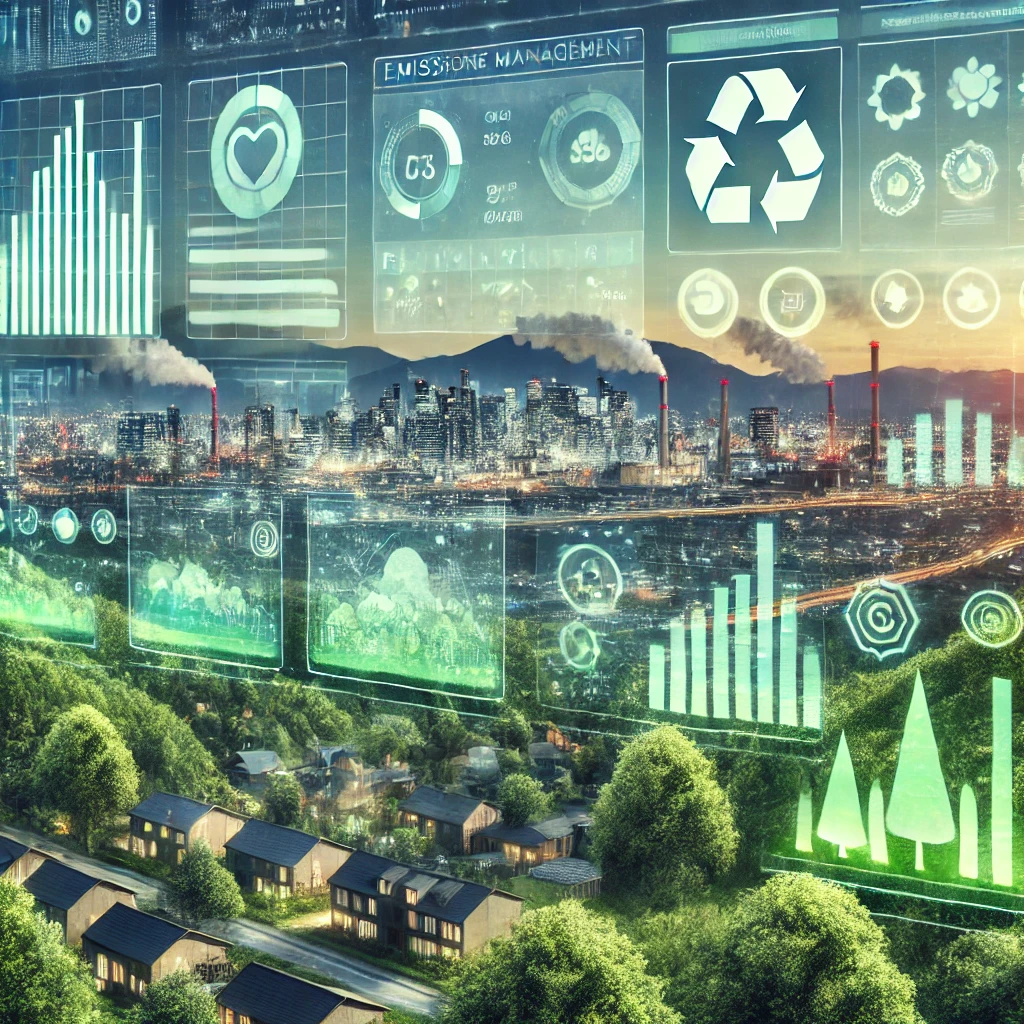
In the face of escalating climate challenges, the need for transformative solutions has never been more pressing. The circular economy emerges as a revolutionary approach, offering both environmental and economic benefits. By rethinking the way we produce, consume, and dispose of resources, the circular economy has the potential to significantly mitigate climate change while driving global growth.
What Is the Circular Economy?
The circular economy is a systems-based approach aimed at minimizing waste and maximizing resource efficiency. Unlike the traditional linear economy—where resources are extracted, used, and discarded—the circular model emphasizes recycling, reusing, and designing products for longevity. It focuses on creating closed-loop systems that keep materials in use for as long as possible.
The Impact on Emissions and Resource Use
Adopting circular economy practices can have profound environmental benefits. According to recent studies, implementing these principles could:
Reduce global greenhouse gas emissions by 39% by 2030: Circular practices such as material reuse, recycling, and waste reduction decrease the need for energy-intensive extraction and manufacturing processes.
Cut raw material consumption by 28%: By designing products for durability, repairability, and recyclability, businesses can significantly lower the demand for virgin resources.
These reductions are critical for meeting the global net-zero emissions targets by 2050 and combating the adverse effects of climate change.
Key Strategies for Circular Economy Adoption
Redesigning Products: Businesses can create products that are durable, repairable, and made from recyclable materials. This extends product lifecycles and reduces waste.
Innovative Recycling Technologies: Advancements in recycling processes can help recover valuable materials from discarded products, ensuring they re-enter the production cycle.
Circular Business Models: Practices like product-as-a-service (PaaS), leasing, and sharing models enable consumers to access goods without the need for ownership, reducing resource consumption.
Policy and Regulation: Governments can promote circularity by implementing policies that incentivize sustainable practices, such as tax benefits for using recycled materials or penalties for excessive waste generation.
Benefits Beyond the Environment
The circular economy is not just about reducing emissions and resource consumption. It also has the potential to:
Boost economic growth: By creating new business opportunities and jobs in sectors like recycling, repair, and remanufacturing.
Enhance resource security: By reducing dependence on finite natural resources.
Foster innovation: Encouraging businesses to develop cutting-edge technologies and sustainable solutions.
Collaborative Action is Key
The transition to a circular economy requires collective efforts from governments, businesses, and individuals. Policymakers must create a supportive regulatory environment, businesses must adopt sustainable practices, and consumers must prioritize circular options.
A Call to Action
The circular economy is more than an environmental strategy; it is a blueprint for a sustainable future. By embracing circular principles, we can tackle climate change, achieve net-zero goals, and create a thriving global economy.
It’s time to rethink, redesign, and regenerate. Let’s work together to close the loop and build a better tomorrow.
What steps are you taking to support the circular economy? Share your thoughts below!

